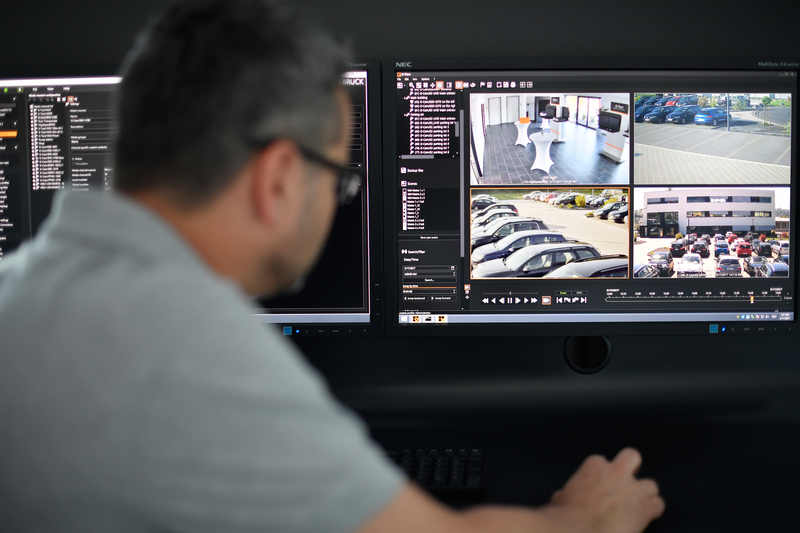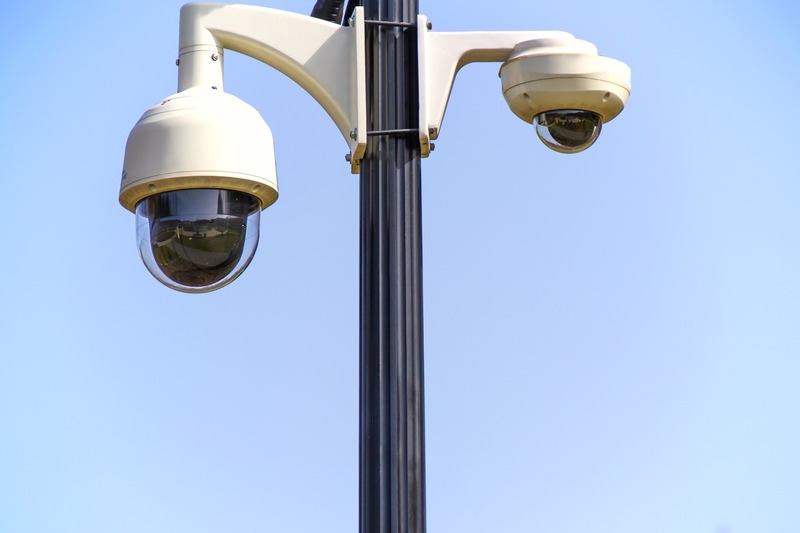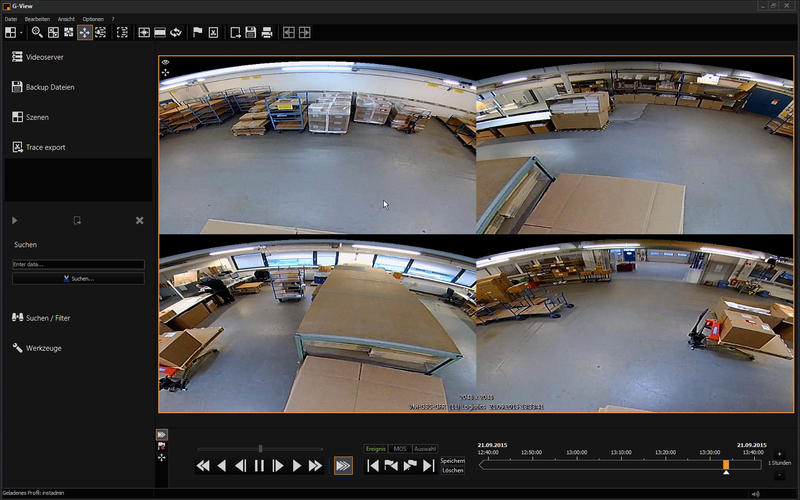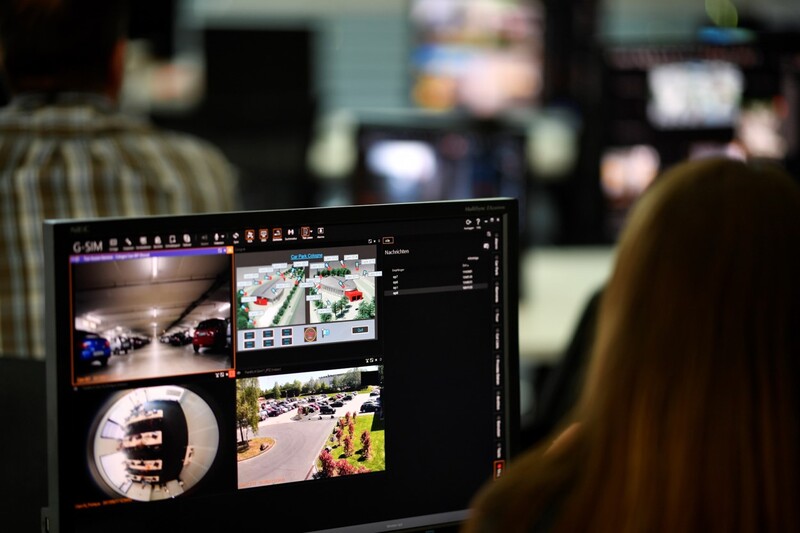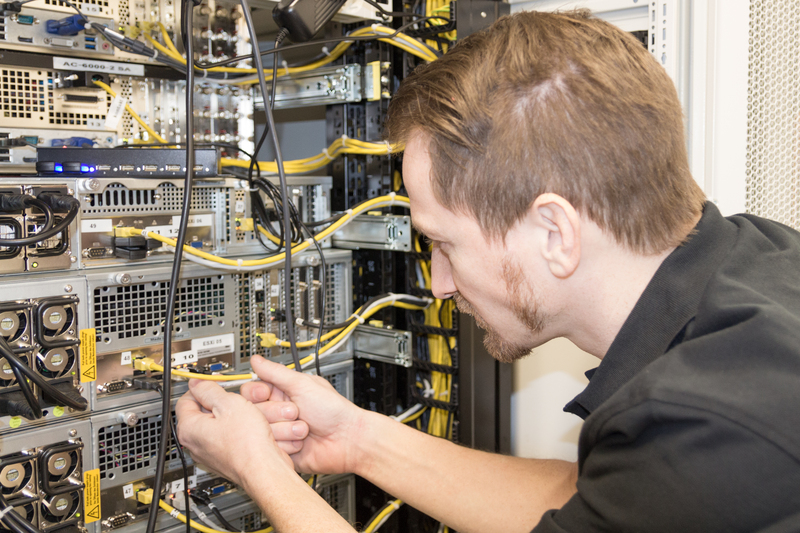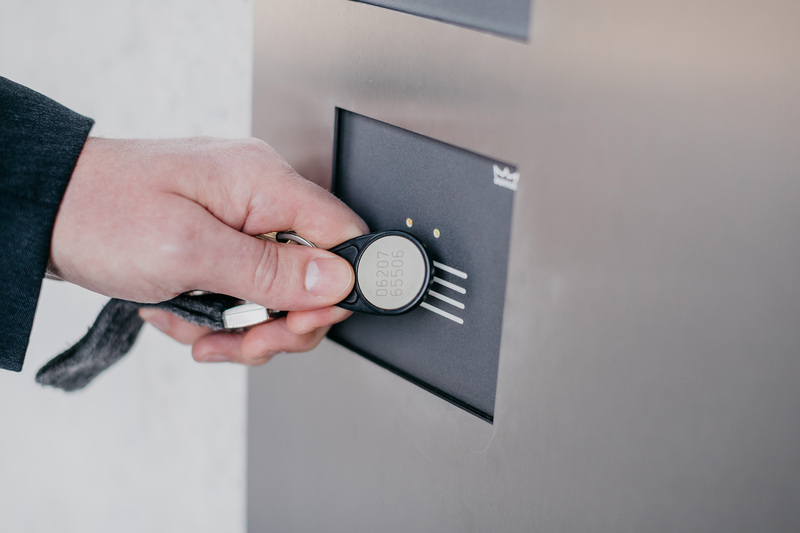Video surveillance for your company premises
Are your company premises and buildings adequately secured?
Download brochureProtect yourself from thefts
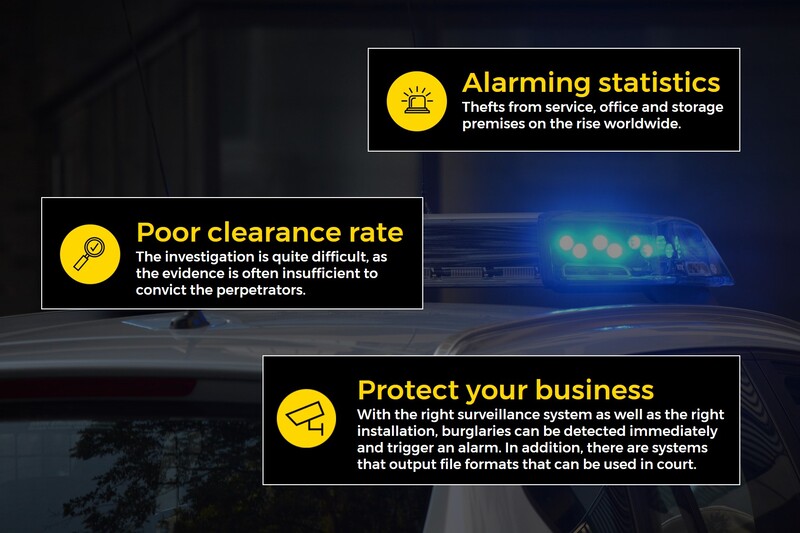
Thefts from service, office and storage premises are on the rise worldwide. A large percentage of these thefts can not be solved because the necessary evidence is missing. What is your situation? Are your company premises and buildings sufficiently secured?
Fences, gates and burglar alarm systems are standard. But the response times in the event of a real incident are long - and most of the time it is then again a "false alarm". Video surveillance offers more security, both preventively and in the event of an incident.
So: hang up the cameras, start recording and the company premises are already secured? Unfortunately, it's not quite that simple. You need to consider both technical and legal aspects. The first step is to decide what the video surveillance system should do.
How you benefit from video surveillance
These are the obvious tasks of a video security system. But video surveillance can do even more. For example, you can:
- Monitor goods receipt and goods issue
- Visually document transfers of liability to logistics service providers when goods are received and shipped
- Track goods and find seemingly lost goods or products quickly and easily
- Mobile documentation of damage to products, goods or company property via smartphone or tablet
- Control compliance with occupational safety regulations, for example, by only entering safety areas when wearing a helmet or face mask
- Record and evaluate workflows for training purposes, quality assurance or process optimization
An investment in video surveillance is therefore worthwhile, especially if the system is used for other applications. Then it contributes not only to security, but even to added value.
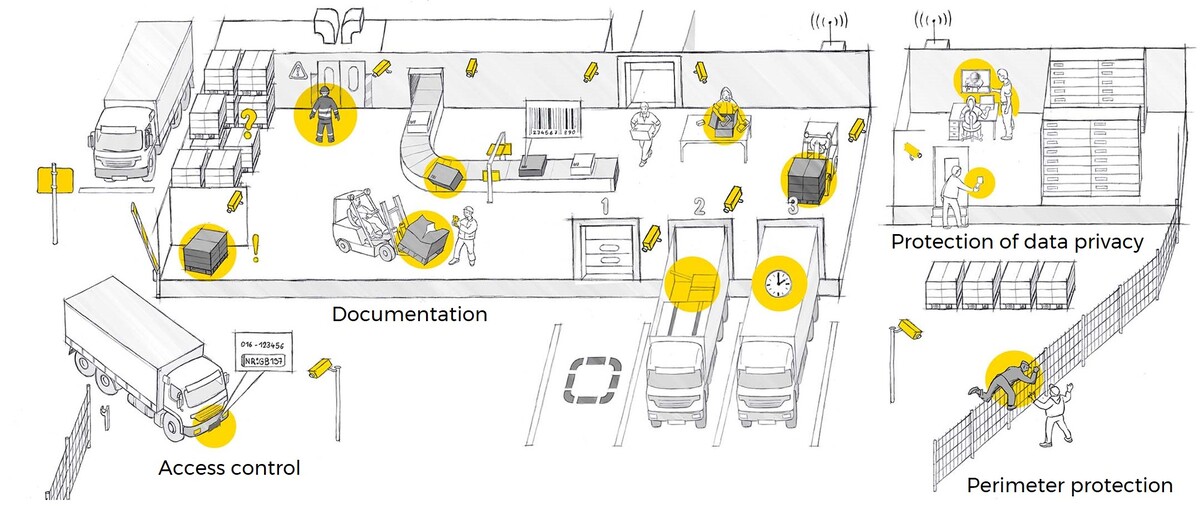
You must observe these legal requirements for video surveillance
Always have the GDPR in view
In the European Union, the provisions of the General Data Protection Regulation (GDPR) must be observed. This starts with the fact that you must post information signs about video surveillance. After all, the right to one's own image applies. Therefore, everyone must be informed that cameras are installed on your premises. Public areas such as sidewalks or streets may not be monitored at all. Strict rules also apply to employee recordings. For example, you are not allowed to carry out any surveillance at the workplace without a reason, and you must always involve your staff representatives in the decision. You can recognize reputable video surveillance providers by the fact that all these legal requirements are taken into account during planning and setup.

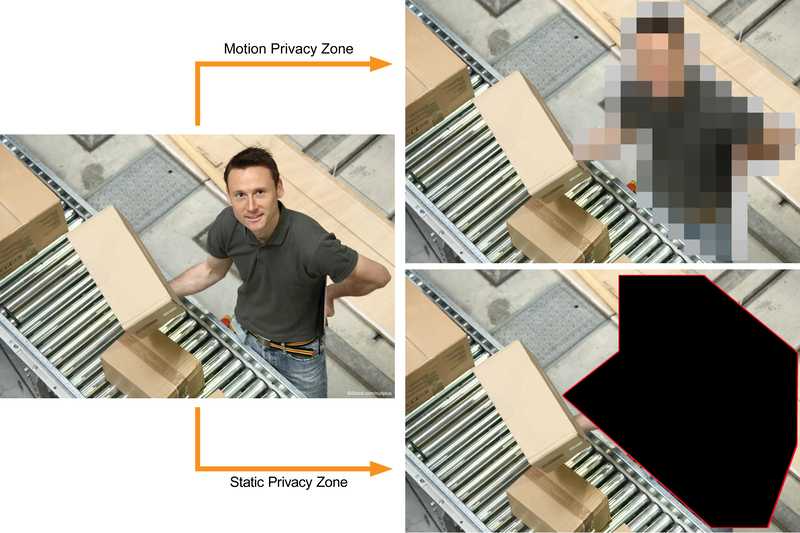
Pay attention to technical details & feasibility
When selecting the right solution, you should make sure that the systems are technically capable of meeting data protection requirements, e.g., by allowing recordings to be fully or partially pixelated. Works councils are also much more likely to be convinced to use video surveillance if images of employees are pixelated. They can also ensure that only an authorized group of people can access the recordings. The dual control principle provides particularly good security in this regard. A particular plus point is when the format in which the recordings are made is recognized as evidence in court.

Technology and operation of a video surveillance system
Reliable video surveillance for over 50 years - by Geutebrück
Now you have gained a first impression of what to look for when choosing a system for video surveillance of your company premises. Geutebrück GmbH has been providing video surveillance worldwide for more than 50 years, both for companies and public institutions. Learn more about our references. If you have any questions or would like to learn more about Geutebrück, please contact us. We will be happy to advise you - naturally without obligation and free of charge.

